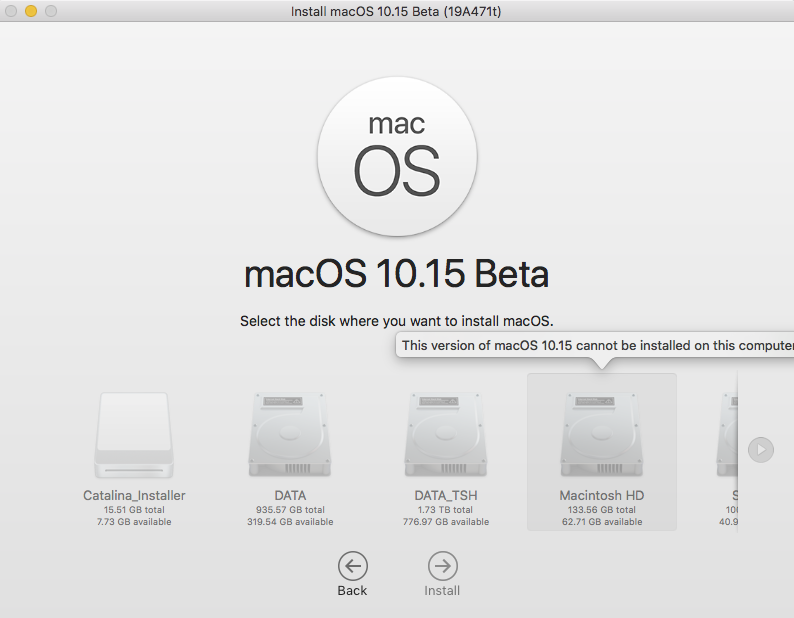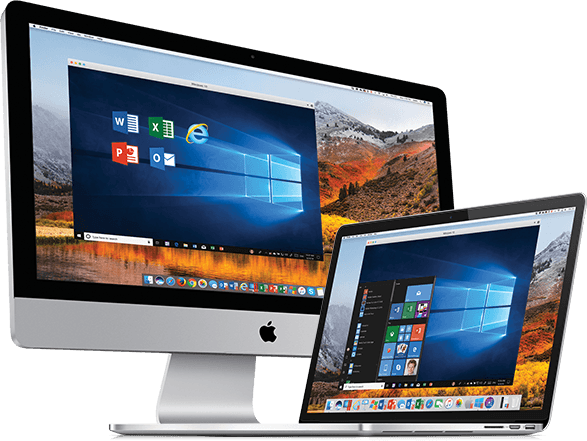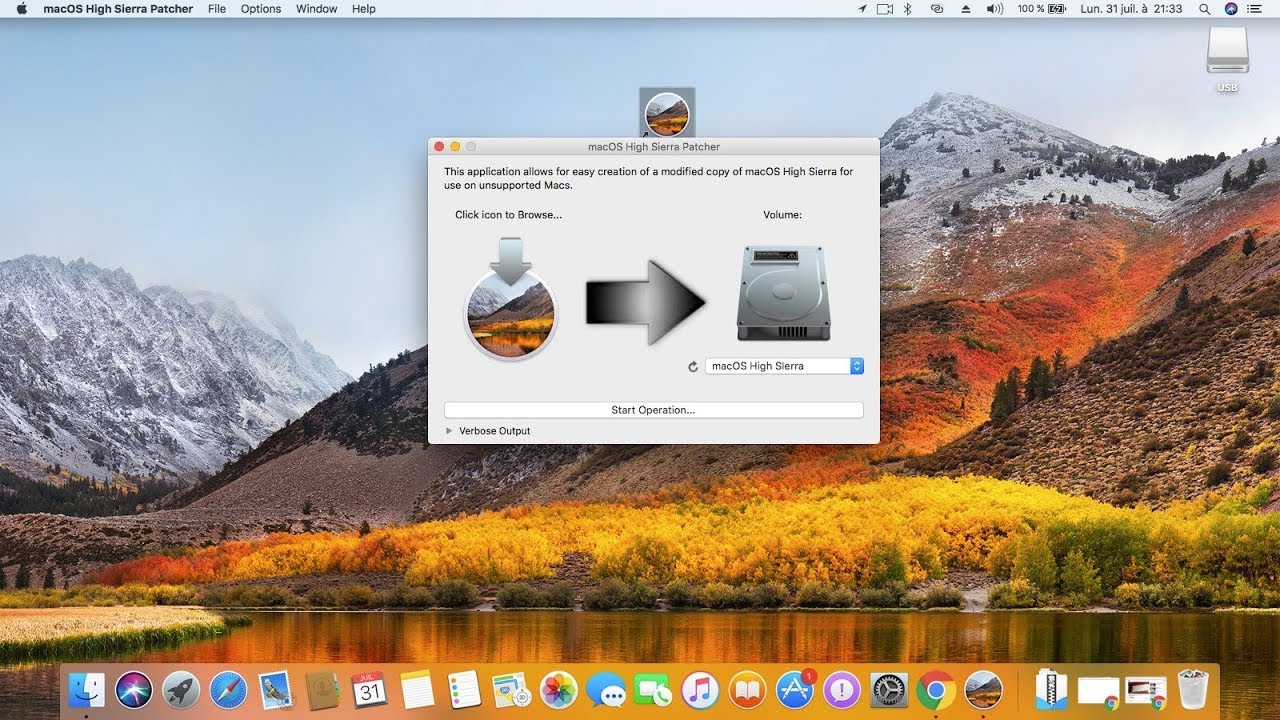Is your Mac up to date with the latest version of the Mac operating system? Is it using the version required by a product you want to use with your Mac? Which versions are earlier (older) or later (newer, more recent)? To find out, learn which version is installed now.
How to Install macOS Monterey on Unsupported Mac Pro. STEP 5: Installing macOS Monterey. Once you finish setting up setvars EFI utility, you're ready to install macOS Monterey on your Mac Pro. Start your Mac Pro and while restarting, hold down the option key and boot from 'Install macOS Monterey'. Click “Tools” and then click “Download macOS Mojave” in the dropdown menu when it appears. Click continue, and then select where you will save the installer. Once the Mojave installer has finished downloading, select the Mojave icon in the macOS Mojave Patcher window. Select your Mojave installer and click open. Click “Tools” and then click “Download macOS Mojave” in the dropdown menu when it appears. Click continue, and then select where you will save the installer. Once the Mojave installer has finished downloading, select the Mojave icon in the macOS Mojave Patcher window. Select your Mojave installer and click open. How to install macOS Mojave on some of the Unsupported Mac's. This is Educational video for personal use and test only. ( fair in use - mcatandandrew@gmail.c. Once the Mojave installer has finished downloading, select the Mojave icon in the macOS Mojave Patcher window. Select your Mojave installer and click open Now, select your volume by clicking the dropdown menu under the picture of a hard drive.
If your macOS isn't up to date, you may be able to update to a later version.
Each year that Apple releases a major new version of macOS, a few older Mac models that ran the previous version usually fail to make the new list of officially supported Macs. Step 2b: Get the install file for an older version of macOS. For older versions of macOS and Mac OS X it's a bit more difficult to get the install file: Apple doesn't offer downloads of outdated. MacOS Mojave (/ m oʊ ˈ h ɑː v i, m ə-/ mo-HAH-vee) (version 10.14) is the fifteenth major release of macOS, Apple Inc.' S desktop operating system for Macintosh computers. Mojave was announced at Apple's Worldwide Developers Conference on June 4, 2018, and was released to the public on September 24, 2018.
Which macOS version is installed?
From the Apple menu in the corner of your screen, choose About This Mac. You should see the macOS name, such as macOS Big Sur, followed by its version number. If you need to know the build number as well, click the version number to see it.

Install Macos Mojave On Older Mac Without Usb

This means that if your Mac is older than 2012 it won't officially be able to run Catalina or Mojave. In the case of Catalina that includes all the old-style Mac Pro models, pre-'trash can'. MacOS Mojave 10.14.6 - The latest OS from Apple. Download the latest versions of the best Mac apps at safe and trusted MacUpdate.


What is the latest macOS version?
Can I Install Macos Mojave On Unsupported Mac
These are all Mac operating systems, starting with the most recent. When a major new macOS is released, it gets a new name, such as macOS Big Sur. As updates that change the macOS version number become available, this article will be updated to show the latest version of that macOS.
If your Mac is using an earlier version of any Mac operating system, you should install the latest Apple software updates, which can include important security updates and updates for the apps that are installed by macOS, such as Safari, Books, Messages, Mail, Music, Calendar and Photos.
Install Macos Mojave On Older Mac Software
Macos Mojave 10.14
| macOS | Latest version |
|---|---|
| macOS Big Sur | 11.2.3 |
| macOS Catalina | 10.15.7 |
| macOS Mojave | 10.14.6 |
| macOS High Sierra | 10.13.6 |
| macOS Sierra | 10.12.6 |
| OS X El Capitan | 10.11.6 |
| OS X Yosemite | 10.10.5 |
| OS X Mavericks | 10.9.5 |
| OS X Mountain Lion | 10.8.5 |
| OS X Lion | 10.7.5 |
| Mac OS X Snow Leopard | 10.6.8 |
| Mac OS X Leopard | 10.5.8 |
| Mac OS X Tiger | 10.4.11 |
| Mac OS X Panther | 10.3.9 |
| Mac OS X Jaguar | 10.2.8 |
| Mac OS X Puma | 10.1.5 |
| Mac OS X Cheetah | 10.0.4 |